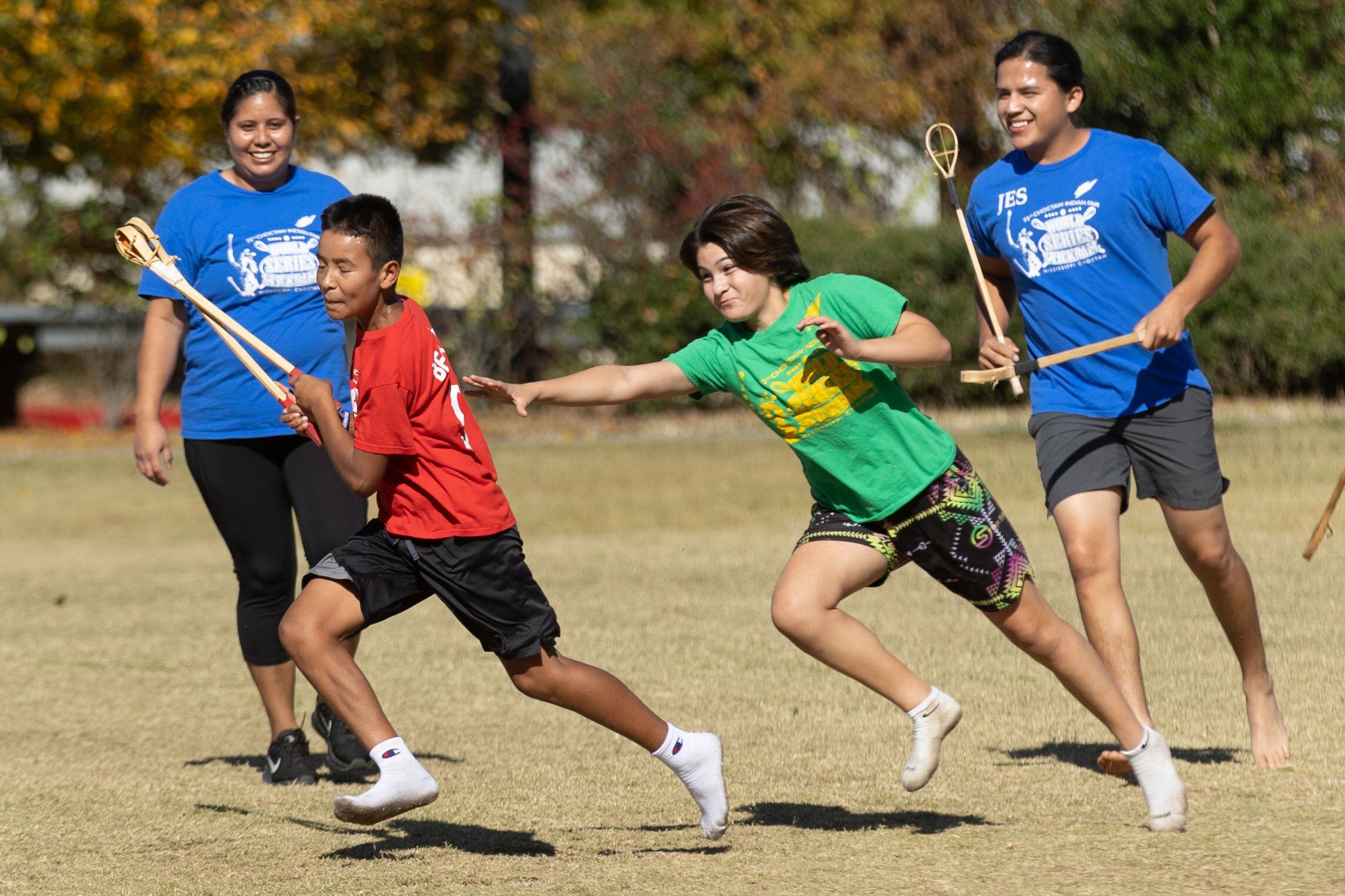What is indigenous north american stickball?
I. Introduction
A. Definition of Indigenous North American Stickball
Indigenous north american stickball often referred to as the “Little Brother of War,” is a Native American sport played with long sticks and a ball. It’s more than just a game; it embodies centuries of tradition and storytelling.
B. Historical Significance
Dating back to pre-Columbian times, stickball was played for various purposes, including conflict resolution, spiritual ceremonies, and physical conditioning. Its historical roots run deep, connecting generations through shared indigenous north american stickball on the playing field.
II. Origins and Evolution
A. Traditional Roots
Originally played for spiritual reasons and as a method of training for tribal warriors, stickball was deeply entwined with the spiritual beliefs of Indigenous peoples. The game served as a reflection of life’s challenges, emphasizing teamwork, strategy, and endurance.
B. Evolution into Modern Stickball
As Indigenous communities adapted to changing circumstances, stickball evolved. What was once a ritualistic event now integrates modern elements, showcasing the resilience of Indigenous cultures in the face of external influences.
III. Gameplay and Rules
A. Equipment Used
Stickball requires minimal equipment – long sticks, a small ball, and sometimes goalposts. The simplicity of the game allows for a focus on skill and teamwork rather than elaborate gear.
B. Key Rules and Objectives
The game typically involves two teams aiming to score points by propelling the ball into the opponent’s goal. Rules may vary between tribes, adding a unique flavor to each game.
IV. Cultural Significance
A. Ritualistic Aspects
Stickball is more than a sport; it’s a ceremony. Before games, rituals and ceremonies are performed, infusing spiritual energy into the event and honoring ancestors who played the game in the past.
B. Community Bonding
Beyond the competitive nature, stickball fosters community bonding. Tournaments become gatherings where tribes come together, reinforcing social ties and preserving cultural identity.
V. Stickball in Different Tribes
A. Regional Variations
Various tribes have their own interpretations of stickball, leading to regional variations in gameplay, rules, and even the design of equipment.
B. Unique Traditions
Each tribe adds its unique touch to stickball, incorporating traditions and customs into the game, making it a diverse representation of Indigenous heritage.
VI. Impact on Indigenous Communities
A. Social Cohesion
Stickball plays a vital role in promoting social cohesion within Indigenous communities, fostering a sense of belonging and shared identity.
B. Preservation of Heritage
By passing down stickball through generations, Indigenous communities actively preserve their cultural heritage, ensuring it remains an integral part of their identity.
VII. Challenges and Adaptations
A. Contemporary Challenges
While stickball faces challenges in the modern era, such as urbanization and changing lifestyles, communities adapt to keep the tradition alive.
B. Adaptations Over Time
Adaptability has been key to stickball’s survival. From a spiritual practice to a modern-day sport, its evolution reflects the resilience of Indigenous cultures.
VIII. Stickball in the Modern World
A. Tournaments and Competitions
Stickball tournaments draw participants from various tribes, creating a platform for friendly competition and cultural exchange.
B. Recognition on a Global Scale
In recent years, stickball has gained recognition beyond Indigenous communities, becoming a symbol of cultural diversity and resilience on the global stage.
IX. Cultural Sensitivity and Appreciation
A. Avoiding Appropriation
As stickball gains popularity, it’s crucial to engage with cultural sensitivity, avoiding appropriation and respecting its sacred roots.
B. Promoting Respectful Engagement
Appreciating stickball involves understanding its cultural context and engaging with Indigenous communities in a respectful manner, fostering mutual understanding.
X. The Role of Stickball Today
A. Cultural Resurgence
Stickball experiences a resurgence as Indigenous communities actively reclaim their cultural practices, emphasizing the sport’s significance in today’s world.
B. Educational Initiatives
Educational programs centered around stickball help bridge the gap between generations, ensuring that the knowledge and skills associated with the sport are passed down.
XI. Interview with Stickball Enthusiast
A. Personal Experience
We sit down with a passionate stickball player to gain insights into the personal experience of playing this culturally rich and historic game.
B. Insights on the Cultural Impact
Our interviewee sheds light on how stickball goes beyond recreation, influencing cultural identity and community dynamics.
XII. Future Prospects
A. Continued Evolution
Stickball’s future lies in its ability to adapt while maintaining its core cultural values, ensuring that it remains relevant for generations to come.
B. Global Recognition and Acceptance
As stickball gains global recognition, there’s hope for increased understanding and appreciation of Indigenous cultures worldwide.
XIII. Conclusion
A. Recap of Stickball’s Cultural Significance
In conclusion, indigenous north american stickball stands as a testament to the resilience and richness of Native American cultures. Its cultural significance goes far beyond the playing field, weaving a tapestry of tradition, community, and identity.
B. Call to Appreciate and Preserve Indigenous Traditions
As we marvel at the beauty of stickball, let’s also recognize the responsibility to appreciate and preserve Indigenous traditions, ensuring their continued existence for generations to come.
FAQs
Is stickball only played by specific Native American tribes?
Stickball is played by various Native American tribes, each infusing its unique traditions and rules into the game.
How has stickball evolved over the years?
Stickball has evolved from a spiritual practice to a modern sport, adapting to contemporary challenges while preserving its cultural essence.
What is the significance of rituals before stickball games?
Rituals before stickball games hold spiritual importance, connecting players to their cultural roots and honoring ancestors.
Are there international stickball competitions?
While stickball is primarily played within Indigenous communities, there’s a growing interest in international competitions, fostering cultural exchange.
How can outsiders respectfully engage with stickball and its culture?
Outsiders can engage respectfully by learning about the cultural context, avoiding appropriation, and supporting initiatives that promote Indigenous traditions.

